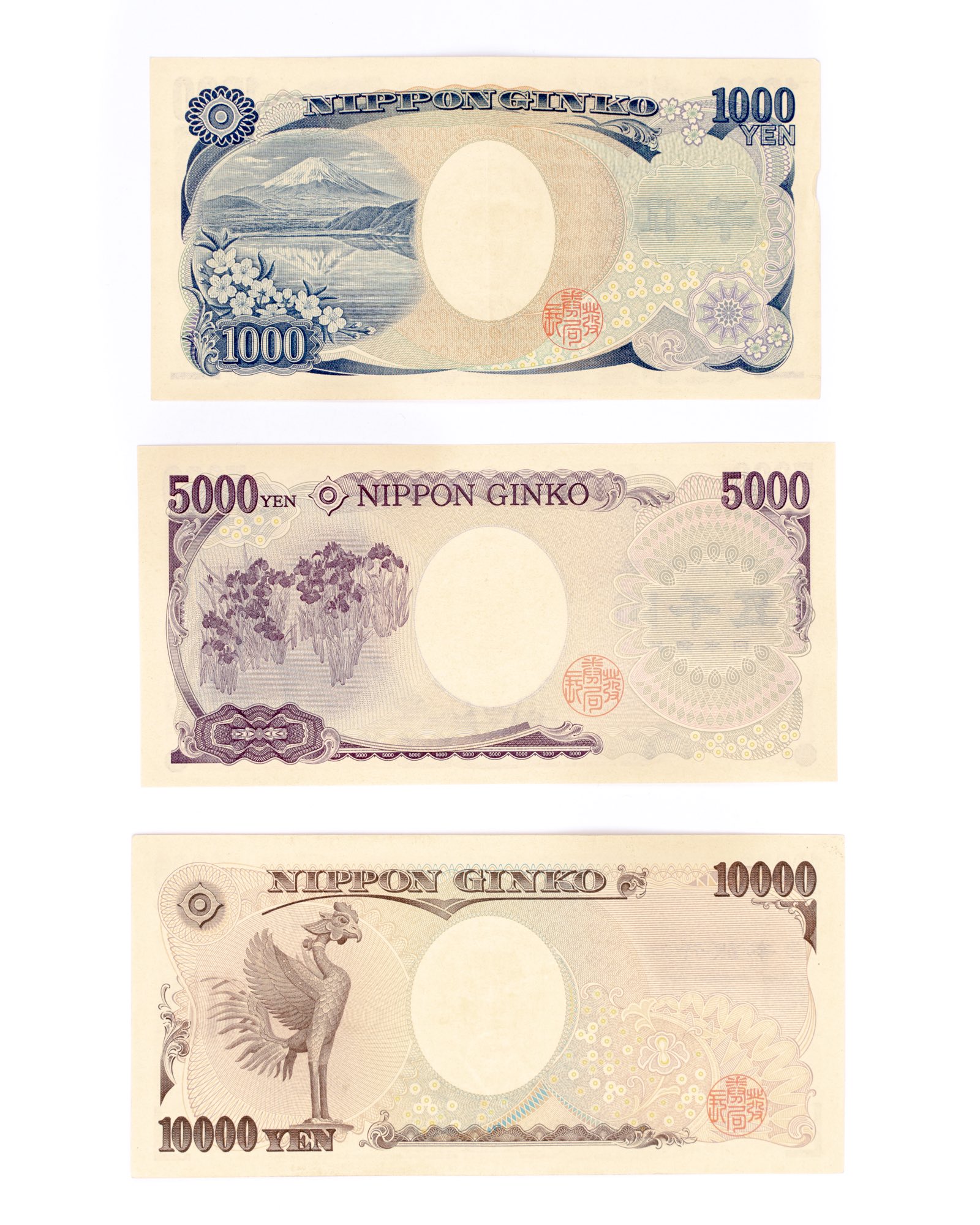Currency in Japan
Japan has so many different things for visitors to do including visiting Kyoto, Tokyo or Mount Fiji, going on the shinkansen (bullet train), skiing in Hokkaido, watching geishas or sumo wrestlers. A trip to Japan will be so much easier if you have a basic understanding of the Japanese currency. We’ve built this guide to help you get streetwise about paying for things in Japan.
What currency is used in Japan?
The only currency widely used in Japan is the Japanese Yen. It is the official currency of Japan and is represented by the symbol ¥ and the currency code JPY. Other less common symbols include 円 and 圓.
The word ‘yen’ actually means ‘round object’ or ‘circle’ in Japanese and is typically pronounced as ‘en’ in Japan.
Japanese Money
The Osaka Mint Bureau is responsible for minting and controlling the circulation of Japan’s currency.
The Japanese yen is actually the most heavily traded currency in Asia, thanks largely to its comparatively low interest rates. It’s also the third most traded currency in the foreign exchange market behind the United States dollar and the euro.
The Japanese yen currently has ten denominations made up of coins and banknotes. The ¥100 coin is the equivalent of US$1, in that it is the most common coin used on a daily basis.
Where in most Western countries, high denominations of currency are counted by the thousands, in Japan, they are counted in multiples of 10,000.
Both notes and coins feature natural scenes within Japan, such as flowers, trees, temples, and animals. Here are some other notable features:
- The one yen coin is made entirely of aluminium and can float on water.
- A ¥2000 bill exists but is so uncommon it can’t even be used in vending machines.
- The ¥5 and ¥50 coins have holes in the middle of the design to distinguish them from other coins at a glance.
- ¥5 coins are considered to be lucky (so perhaps hold onto one at the end of your trip, just in case!).
- Japanese notes are some of the most difficult bills in the world to counterfeit.
Banknote Denominations
Japanese banknotes come in denominations of ¥1000, ¥2000, ¥5000, and ¥10,000.


Coin Denominations
Japanese coins are currently made up of the following six denominations: ¥1, ¥5, ¥10, ¥50, ¥100, and ¥500

Once you arrive in Japan, there will be many new concepts and sights you will be wrapping your head around. So to make the journey a little less fraught with confusion, here are some hot tips to help you travel smarter:
- Bargaining is uncommon unless you’re in a flea market but even then, it’s considered rude if you’re too pushy.
- Tipping is so rare that you’ll likely be chased down by business owners returning your excess change! Tips are usually given in an envelope directly to the recipient.
- Instead of handing your money directly to the cashier, it’s more common to place it on a small tray provided.
Buying Japanese Yen Before You Go
Japan is a cash-driven economy so organising to get yen before you leave home is a wise idea. There are 3 ways for you to collect currency before you go:
- Buy currency online and have it delivered or collect it in-store
- Swap Japanese yen for Australia dollars from a currency exchange outlet
- Buy Japanese yen currency at your home airport
Try S Money or a similar online currency exchange store to get rates that reflect the comparisons you see on XE or Google.
If you choose online delivery or in-store pickup, check the processing time. Some exchange companies with online options suggest you allow between two and five days to process currency.
Prefer in-store currency exchange? Head to the CBD of your nearest city for the most competitive exchange rates; suburban bureau de change outlets tend to have poorer rates and fees.
Currency exchange counters in Australia’s airports are infamous for their atrocious exchange rates. Avoid them if you can.
7 Money Tips to Get You Through Japan
So many people travel to Japan without being prepared and get ripped off in the process. Here are a few practical tips to help you get the most bang for your … yen:
- Avoid the airports! Currency exchange bureaus at the airport charge epic fees. If you like a good deal – or even just a reasonable one – avoid these at all costs.
- Only carry what you need – It can be expensive to change JPYs back into AUDs so only take what you think you will spend. Not only this – nobody likes to tuck wads of notes into their socks and toiletries for safekeeping on longer journeys.
- Ask for a mix of denominations – Smaller Japanese notes and coins are always much appreciated if you have the opportunity, as for a mix of smaller notes when exchanging money.
- Check your exchange rate – Google and XE.com are the standard market exchange rate but you’ll notice how wildly bank and currency exchanges can vary their rates. Try to get as close to the market rate as possible.
- Look out for hidden fees – The bane of our (financial) existence, hidden fees will often make a huge difference to the cost of your holiday. Be particularly wary of hidden bank fees for overseas card usage.
- The right card makes all the difference – Having a card is convenient but it can take a hit to the bank account if you have the wrong card. Research and arm yourself with the best card for travel for big savings.
- Mix it up! Many travellers only use their credit card while some only think about cash. But the best option depends on your situation. Save the card for huge purchases such as hotels and car hire and reserve your cash for smaller wins – transport, attractions, or meals out.


